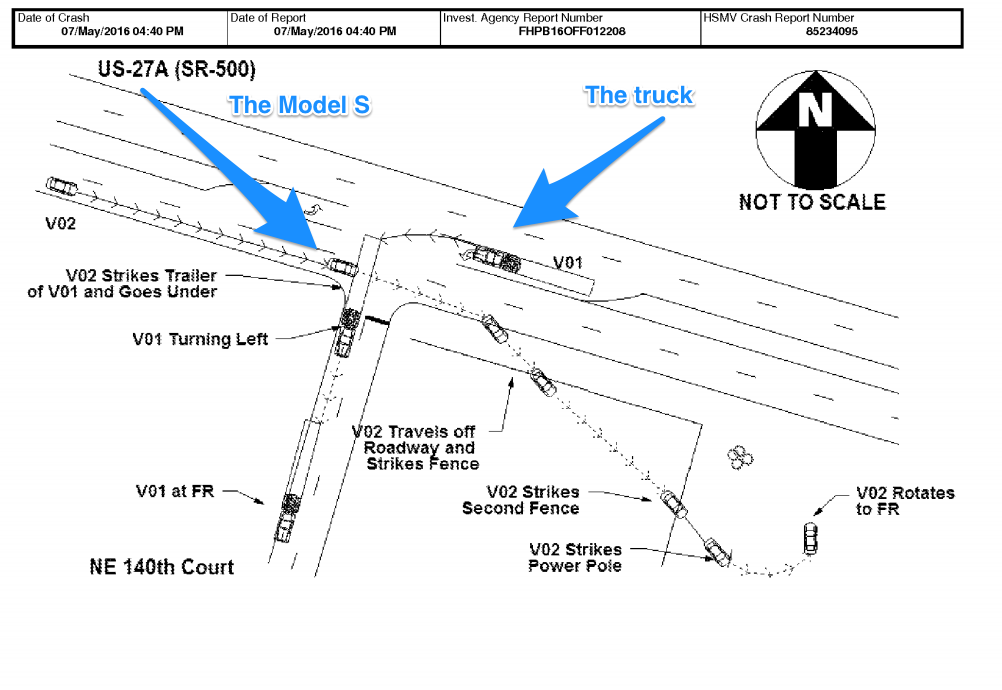The National Transportation Safety Board said Tuesday that aspects of Tesla’s Autopilot played a role in a fatal crash involving Joshua Brown, 40, in May 2016.
The NTSB, an independent government investigative agency, met on Tuesday to “determine the probable cause” of the fatal crash last year in Williston, Florida. The board cannot issue recalls or force regulatory changes, but it can make recommendations.
The NTSB said Autopilot played a contributing role in the crash because the driver-assist system allows drivers to avoid steering or watching the road for long periods. Autopilot was also not designed to be used on the type of road where the crash occurred, the agency said.
“Tesla allowed the driver to use the system outside the environment for which it was designed, and the system gave far too much leeway to the driver to divert his attention to something other than driving,” Robert Sumwalt, chairman of the NTSB, said at the meeting.
“The result was a collision that, frankly, should have never happened,” he continued.
Brown had his hands on the wheel for 25 seconds during the 37 minutes Autopilot was activated, the NTSB wrote in a June report. The Model S displayed a visual asking Brown to hold the steering wheel seven times during the trip. Six of those were followed by auditory warnings.
"We appreciate the NTSB's analysis of last year's tragic accident and we will evaluate their recommendations as we continue to evolve our technology," a Tesla representative wrote in a statement. "We will also continue to be extremely clear with current and potential customers that Autopilot is not a fully self-driving technology and drivers need to remain attentive at all times."
The National Highway Traffic Safety Administration in January said it did not find evidence of a defect and would not issue a recall following its six-month investigation. The NHTSA also found that crash rates for Tesla vehicles had dropped by 40% since Autopilot was first installed.
Tesla unveiled improvements last September to its Autopilot software, adding new limits on hands-off driving that CEO Elon Musk has said would most likely have prevented the fatality in May.
The crash
Tesla's Autopilot, introduced in October 2015, had been the focus of intense scrutiny when it was revealed in July 2016 that Brown was using the technology when he crashed into a semitruck and died. The crash was the first known fatality to occur while Autopilot was activated.
Brown was driving his 2015 Model S in Williston when a truck made a left turn in front of the car. The Model S then passed under the truck, with the bottom of the trailer striking the windshield. The Tesla then drove off the road and smashed through two fences before hitting a power pole.
Tesla wrote in a blog post after the crash that the Autopilot system did not notice "the white side of the tractor trailer against a brightly lit sky, so the brake was not applied."
The NHTSA said in January that Autopilot was not at fault because it was not cross-traffic-aware and could not be expected to recognize and react to vehicles crossing in front of Teslas. The driver also had enough time to apply the brake before the collision, it said.
"A safety-related defect trend has not been identified at this time and further examination of this issue does not appear to be warranted," the NHTSA said at the time.

